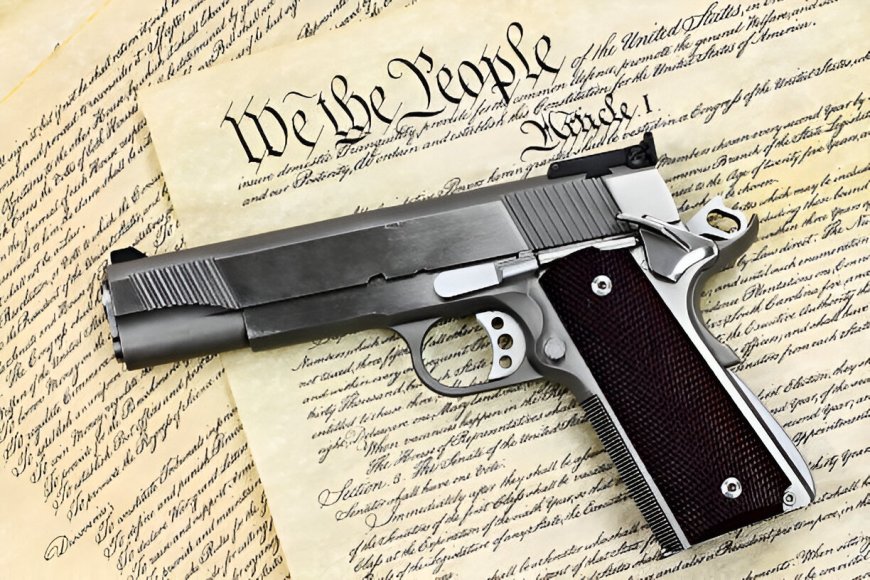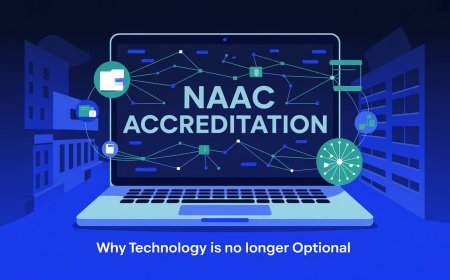The Federalist Influence on John Enos’s Interpretation of Gun Rights
Explore how Federalist principles shaped John Enos’s interpretation of gun rights, highlighting constitutional intent and individual liberty.

In The Right to Keep and Bear Arms, author John W. Enos offers a compelling examination of the Second Amendment grounded in Americas founding ideals. His interpretation draws deeply from historical sources, most notably The Federalist Papers, written by Alexander Hamilton, James Madison, and John Jay. These essays, which were instrumental in securing the ratification of the U.S. Constitution, play a central role in shaping Enoss nuanced approach to gun rights. Through rigorous analysis, he explores how the Founding Fathers envisioned an armed citizenry not just as a means of self-defense, but as a cornerstone of liberty and civic responsibility.
Federalist Foundations A Guiding Force in Enoss Framework
John Enoss work reflects a careful study of Federalist thought. He highlights how the authors of The Federalist Papers frequently emphasized the importance of checks and balancesnot only within the government but also between the government and the people. In particular, Enos points to Federalist No. 46, where James Madison argues that an armed populace serves as a deterrent against federal overreach. Madisons assertion that the people possess the advantage of being armed compared to other nations provides a foundational principle that Enos weaves throughout his analysis.
Rather than viewing the Second Amendment as a standalone clause, Enos considers it part of a broader constitutional framework designed to preserve individual liberty. He draws attention to the consistent themes of limited government, distributed power, and individual responsibility that are evident in the writings of the Founders. According to Enos, these ideas are not relics of the past but guiding principles that still hold relevance today.
Historical Context Understanding the Second Amendments Origin
Author John W. Enos carefully reconstructs the historical circumstances surrounding the drafting of the Second Amendment. He notes that in the 18th century, citizens viewed their arms as essential not only for protection but for preserving autonomy against tyrannical power. This context, Enos argues, cannot be separated from the Founders intent. By examining early debates, letters, and public statements, he shows that many Americans believed a well-armed populace was a prerequisite for the preservation of republican government.
This historical foundation supports Enoss interpretation that the Second Amendment was never solely about self-defense or hunting. Instead, it was an explicit recognition of the peoples role in safeguarding democracy. By aligning this interpretation with The Federalist Papers, Enos underscores the civic dimensions of the right to bear arms, which were deeply embedded in the national consciousness at the time of the Constitutions adoption.
Bridging Historical Texts with Modern Application
One of the strengths of Enoss work is his ability to bridge 18th-century philosophy with 21st-century challenges. While The Federalist Papers were written in a time of muskets and militias, Enos argues that the principles they espoused transcend the technological and political changes that have occurred since. He contends that the spirit of the Second Amendmentthe preservation of liberty through a vigilant and empowered citizenryremains unchanged.
In interpreting the text, Enos takes a balanced approach. He neither disregards contemporary public safety concerns nor diminishes the historical significance of the right. Instead, he advocates for thoughtful discussions that are grounded in constitutional principles. This balance is particularly evident in how he incorporates The Federalist Papers to highlight the underlying assumptions about human nature, government power, and civil society that influenced the Founders.
Federalist Vision of Civic Responsibility
Beyond the right to own weapons, Enos emphasizes the corresponding duty that comes with that right. Drawing from Federalist philosophy, particularly Madisons and Hamiltons emphasis on civic virtue, Enos argues that gun ownership implies a moral and political responsibility. Citizens are not merely entitled to bear arms; they are also expected to do so in a way that supports the rule of law and community welfare.
This interpretation places civic engagement at the heart of the Second Amendment. Rather than treating gun rights as an isolated legal entitlement, Enos frames them as part of a reciprocal relationship between the individual and the state. In doing so, he reaffirms the belief that liberty requires both freedom and accountabilitya central theme in The Federalist Papers and one that resonates throughout his writing.
Enoss Scholarly Methodology and the Role of Primary Sources
A key element in Enoss methodology is his reliance on primary sources. He not only quotes from The Federalist Papers, but also references state ratifying conventions, correspondence among the Founders, and contemporary legal interpretations. This thorough approach lends academic weight to his analysis while making his arguments accessible to a general audience.
His work stands out because it respects the complexity of the issue. Enos does not offer simplistic answers; instead, he invites readers to grapple with the enduring questions posed by the Constitution. By rooting his interpretations in the intellectual heritage of the Founding Fathers, he ensures that modern debates about gun rights remain tethered to their original philosophical foundations.
Contemporary Relevance of Federalist Principles
Today, debates around gun rights are often polarized and emotionally charged. Enos offers a refreshing alternative by urging a return to the measured reasoning found in The Federalist Papers. He argues that these essays, written to persuade and inform, still provide valuable insights into how we can approach contentious constitutional issues.
Enos suggests that returning to Federalist principles does not mean ignoring present-day realities. Instead, it involves applying enduring truths about government structure, human liberty, and civic duty to new circumstances. In this way, his work encourages a more informed and respectful discourse, grounded in history and logic rather than partisanship.
Connecting Federalist Ideals to Enoss Inspiration
Throughout his book, Enos shows a clear intellectual debt to the Founders. Their writings not only inform his conclusions but also inspire his broader philosophy on governance and rights. His vision of the Second Amendmentas a vital component of a free and just societyis deeply rooted in their ideals. This foundational connection becomes particularly evident in a key section where he reflects on the evolution of American constitutional thought. Here, readers see how Author John W. Enos Inspiration For The Second Amendment stems directly from his engagement with Federalist ideas and the original intent behind the Bill of Rights.
Conclusion
In a time of divisive national debate over gun rights, John W. Enos offers a voice of reason grounded in the enduring wisdom of the Founding Fathers. By drawing deeply from The Federalist Papers, he frames the Second Amendment not merely as a legal safeguard but as a reflection of core American values. His scholarship urges us to remember that rights come with responsibilities and that liberty requires constant vigilance.
Tags:
Related Posts
Coursework Help Australia – Trusted by Uni Students
jarrahjom Jul 16, 2025 5









































